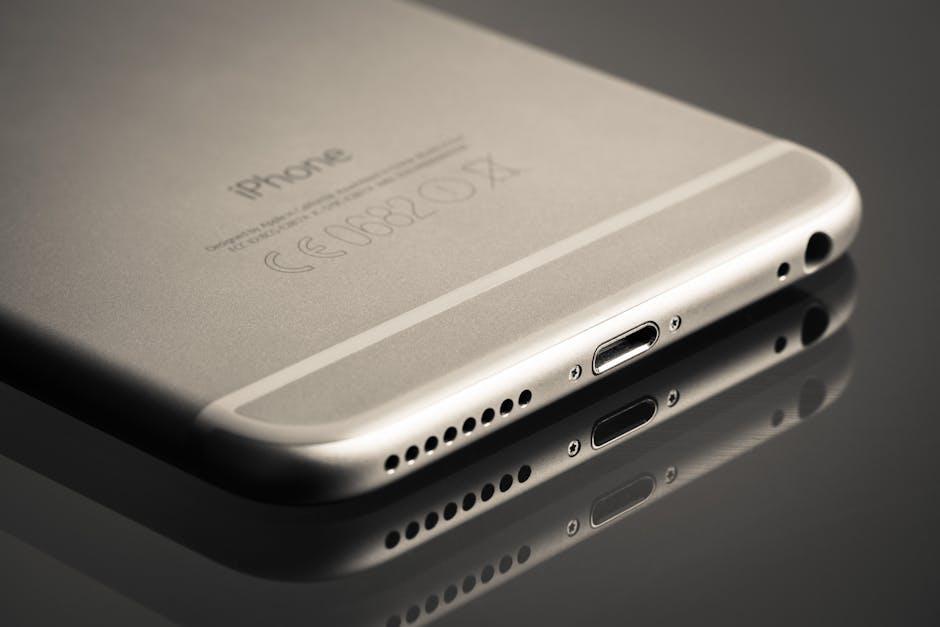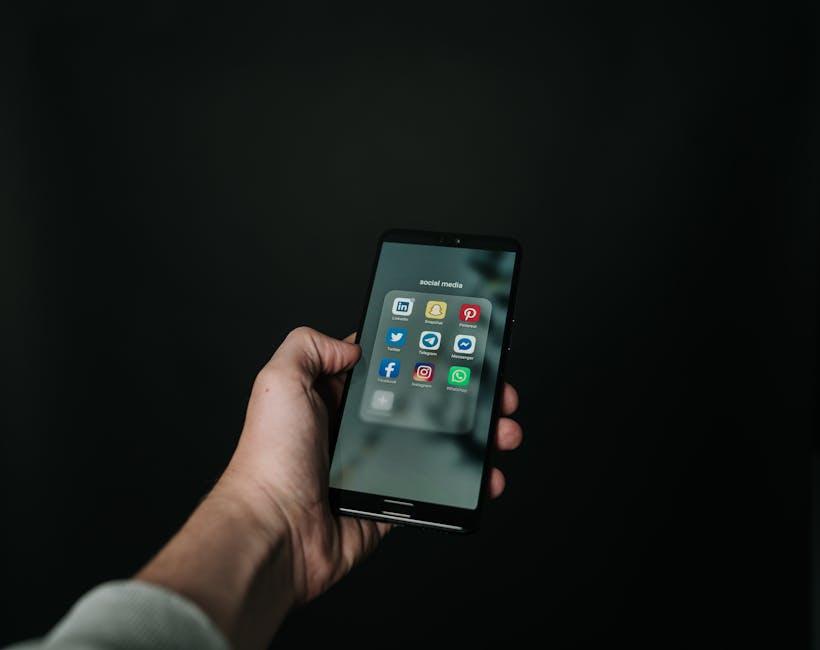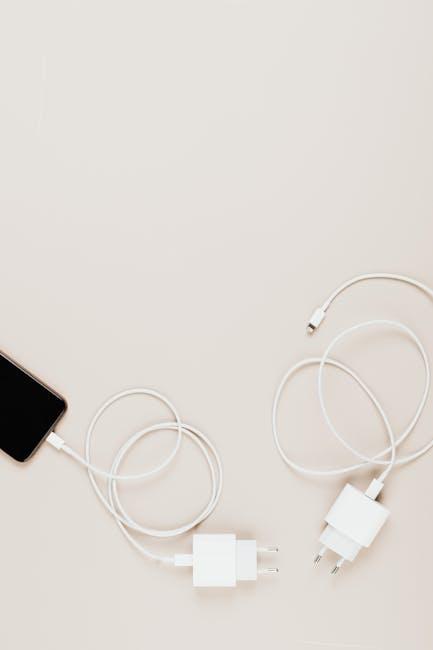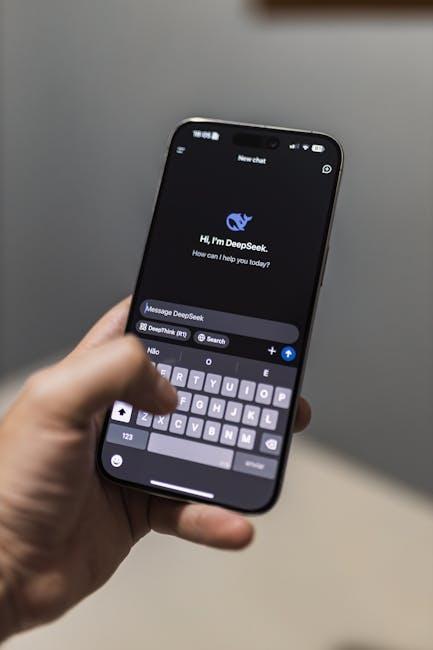In the palm of our hands lies more than just a device; it is a gateway shaping the way we interact with the world and ourselves. The design of a phone-its curves, weight, screen size, and interface-does more than catch the eye; it subtly molds the rhythm of our daily habits, decisions, and even social connections. As technology advances and smartphones become ever more integral to our lives, understanding how their design influences user behavior offers a fascinating glimpse into the silent dialogue between humans and machines. This exploration unpacks the intricate relationship between form and function, revealing how the art and science of phone design guide the way we communicate, consume information, and navigate our digital lives.
The Role of Ergonomics in Shaping Interaction Patterns

Ergonomics plays a crucial role in determining how users physically engage with their phones, subtly guiding their interaction patterns through design choices that prioritize comfort and ease of use. Devices with curved edges, textured grips, or lightweight materials encourage longer usage times by reducing hand strain. Similarly, button placement influences thumb movement, promoting one-handed operations or necessitating the use of both hands. Features such as adjustable haptic feedback or screen curvature are not just aesthetic decisions; they are intentional ergonomic strategies shaping the rhythm and style of user engagement.
To illustrate, consider how different design elements affect user behavior:
- Screen size: Larger displays foster media consumption and multitasking but can reduce portability.
- Weight distribution: Balanced phones minimize fatigue during extended use.
- Material texture: Smooth finishes may feel premium but elevate slip risk, while matte surfaces enhance grip security.
| Ergonomic Feature | User Behavior Impact |
|---|---|
| Curved Screen Edges | Encourages swiping gestures and edge-based controls |
| Raised Buttons | Facilitates quick physical feedback, improving typing accuracy |
| Lightweight Build | Increases device handling time, reducing hand fatigue |
Visual Appeal and Its Impact on User Engagement
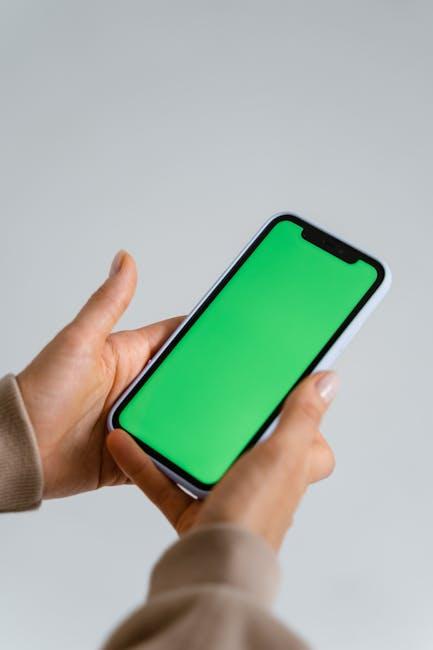
In the realm of smartphone design, the visual appeal extends far beyond mere aesthetics; it acts as a silent ambassador for the device, instantly shaping first impressions and emotional connections. Phones with sleek, harmonious shapes and thoughtfully chosen color palettes inherently invite users to interact more confidently and frequently. This attraction can be traced back to how the brain processes beauty and symmetry, which in turn fosters user trust and satisfaction. Elements such as smooth edges, balanced proportions, and contrasting accents contribute to a design language that encourages prolonged engagement and repeat usage.
Key factors influencing user engagement through visual design include:
- Color psychology, affecting mood and perception
- Material finishes that evoke tactile desire
- Screen-to-body ratio promoting immersive viewing
- Icon and interface consistency enhancing usability
| Design Aspect | User Reaction | Engagement Effect |
|---|---|---|
| Glossy Finish | Visual richness | Longer visual fixation |
| Curved Edges | Comfort and elegance | Frequent touch interaction |
| Vibrant Colors | Positive emotional response | Increased daily usage |
Button Placement and Accessibility for Enhanced Usability
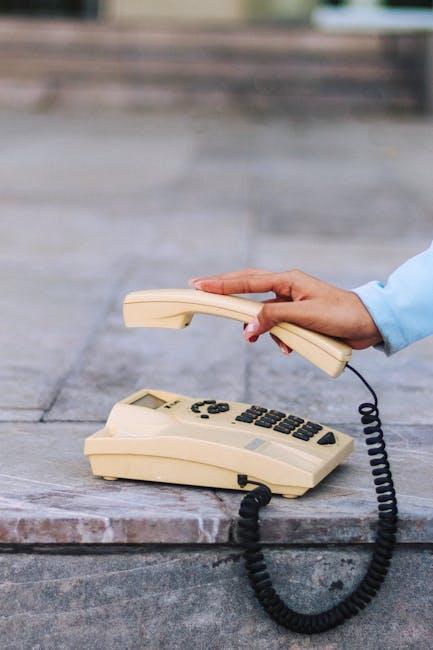
Thoughtful button placement on smartphones isn’t just a matter of aesthetics-it plays a pivotal role in shaping how users interact with their devices daily. When buttons are intuitively positioned within the natural reach of fingers, especially thumbs, they enhance comfort and reduce the effort required for routine tasks. This ergonomic harmony encourages longer and more frequent use, while misaligned or hard-to-reach buttons can prompt frustration or inadvertent mistakes. Moreover, accessibility considerations, like haptic feedback and distinguishable textures, empower a broader range of users-including those with visual or motor impairments-to engage seamlessly with their phones without extra cognitive load.
Key factors enabling accessible and user-friendly button design include:
- Thumb zone optimization: Placing frequently used buttons within easy thumb reach.
- Clear tactile cues: Differentiated surfaces or raised patterns for button identification by touch.
- Consistent layout: Uniform placement across apps and models to reduce learning curves.
- Visual contrast: Buttons that stand out against backgrounds for quick recognition.
Here’s a simplified comparison of button placement effectiveness on two hypothetical phone models:
| Feature | Model A (Ergonomic) | Model B (Standard) |
|---|---|---|
| Primary Button Reachability | 95% | 70% |
| Accidental Press Reduction | High | Moderate |
| Accessibility Features | Haptic + Textured | Visual Only |
Material Choices That Encourage Longer Device Use
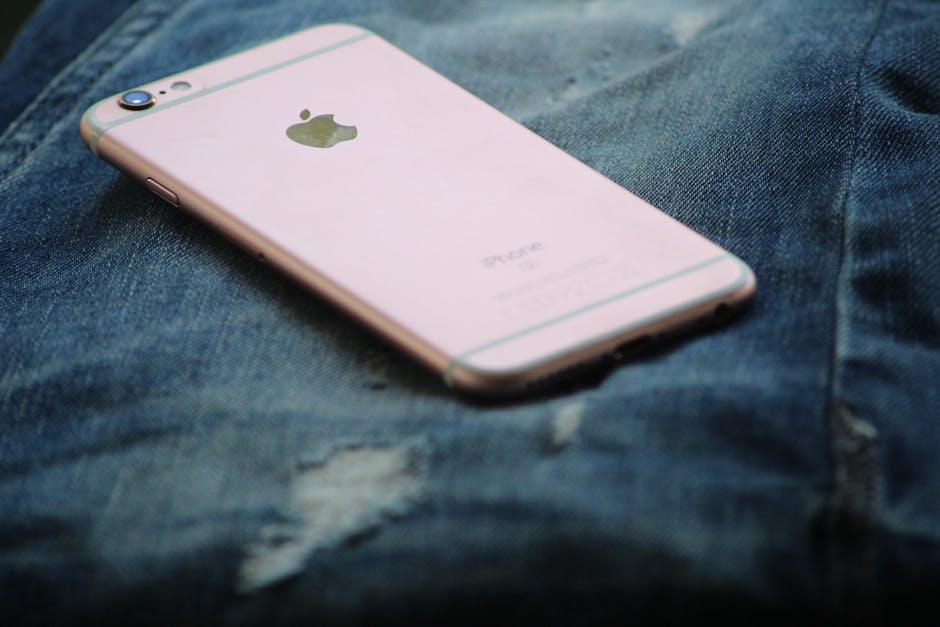
Choosing the right materials for phone construction plays a pivotal role in encouraging users to hold on to their devices longer. Phones crafted with durable metals like aluminum or titanium provide a premium feel while resisting dents and scratches, which significantly reduces the urge for frequent replacements. Additionally, glass with advanced coatings not only enhances aesthetic appeal but can also improve grip, making the device less prone to accidental drops. When manufacturers incorporate materials that age gracefully over time-developing unique patinas or subtle wear marks-they cater to users’ emotional attachment, fostering a sense of longevity and personal connection with their device.
Beyond aesthetics and durability, material selection impacts repairability, a key factor in extending device lifespan. Devices built with modular components and materials that allow for straightforward disassembly empower users and technicians alike to replace or upgrade parts without hassle. Here’s a simple comparison of common phone materials and their influence on longevity:
| Material | Durability | Repairability | User Appeal |
|---|---|---|---|
| Aluminum | High | Moderate | Premium, lightweight |
| Glass | Moderate | Challenging | Modern, sleek |
| Titanium | Very High | Moderate | Exclusive, durable |
| Plastic | Low | Easy | Affordable, lightweight |
By prioritizing materials that balance robustness, repair ease, and user experience, phone designers encourage sustainable usage habits and reduce the environmental footprint of constant device turnover.
The Conclusion
In the ever-evolving dance between technology and humanity, phone design stands as a subtle choreographer, guiding our gestures, glances, and choices. As screens grow larger or edges curve smoother, and as buttons vanish into touch or reappear in haptic form, these design decisions ripple into the way we connect, consume, and create. Understanding this quiet influence encourages us not only to become more mindful users but also inspires designers to craft devices that harmonize with our habits and needs. Ultimately, the story of phone design is a mirror reflecting how technology shapes not just our tools, but ourselves.
